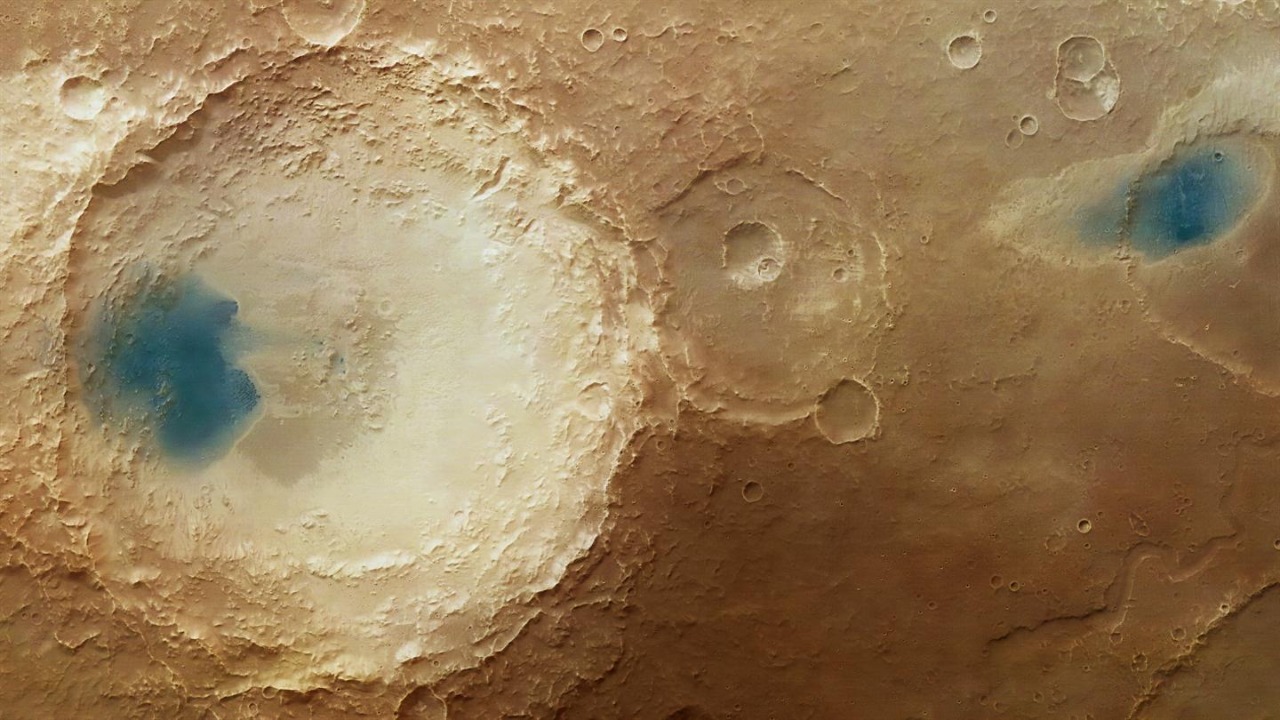
Recent orbital observations have unveiled a new aspect of the Martian atmosphere, revealing that the winds on Mars are significantly stronger than previously estimated. This discovery, made in October 2025, has not only reshaped our understanding of the Martian weather but also highlighted the potential challenges that such atmospheric conditions may pose for future exploration.
Martian Atmosphere Basics
Mars is known for its thin atmosphere, composed primarily of carbon dioxide, with traces of nitrogen and argon. The low pressure of this atmosphere allows for wind acceleration, resulting in speeds that can surpass those on Earth, despite the planet’s lower gravity. Temperature gradients and seasonal changes are key factors driving these wind patterns, with different intensities observed across the planet’s hemispheres. Historical data from early missions provided initial estimates of wind speeds on Mars, setting the stage for the recent surprising findings.
Measuring Wind Strength on Mars
Quantifying the strength of Martian winds involves a combination of techniques, including the analysis of orbital imagery and data from surface sensors. One of the natural indicators of wind velocity on Mars is the presence of dust devils, which are essentially whirlwinds of dust and gas. These dust devils, observed in orbital images, provide valuable insights into the wind conditions on the Martian surface. However, measuring wind strength on Mars is not without its challenges, primarily due to the planet’s remote environment and the reliance on indirect evidence such as surface erosion patterns.
The Role of Dust Devils
Dust devils on Mars form due to solar heating and convection during the Martian day. The size, frequency, and paths of these dust devils across dusty regions like plains and craters reveal the underlying wind conditions. Observations from October 8, 2025, showed dust devils acting as tracers for wind regimes that vary by location and time of day, providing a dynamic picture of the Martian winds.
Recent Discoveries in Wind Intensity
An analysis conducted on October 20, 2025, indicated that the winds on Mars are stronger than we thought. This conclusion was based on re-evaluated data from multiple spacecraft, which showed wind speeds exceeding prior models. These findings were integrated with reports of raging winds from early October, linking them to broader atmospheric modeling updates. Further explanations provided on November 3, 2025, shed light on how these intensified winds manifest in global dust storms and local phenomena.
Impacts on Martian Surface and Climate
The strong winds on Mars have a significant impact on the planet’s surface and climate. They play a crucial role in eroding rocks, transporting dust, and altering landscapes over time. These winds also influence global dust storms that can engulf the entire planet, as observed in recent wind data. Moreover, the wind-driven dust lifting is connected to Mars’ climate cycles, including interactions with polar ice.
Implications for Space Exploration
The raging winds on Mars pose risks to rovers, landers, and future habitats. Sand abrasion and solar panel coverage are among the potential challenges that need to be considered in the design of missions. The stronger-than-expected gusts observed in October 2025 have highlighted the need for wind-resistant features in spacecraft design. However, these winds could also offer potential benefits, such as aiding in dust removal or atmospheric sampling in upcoming human explorations.
More from MorningOverview